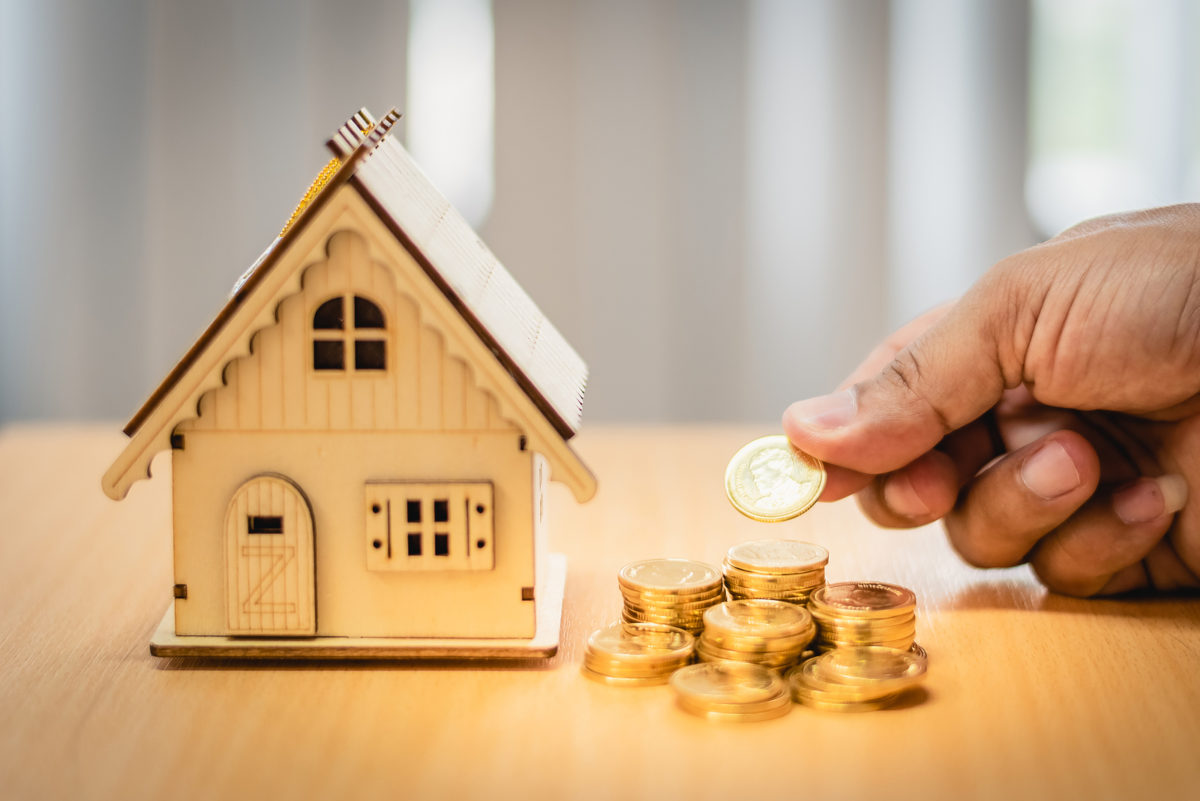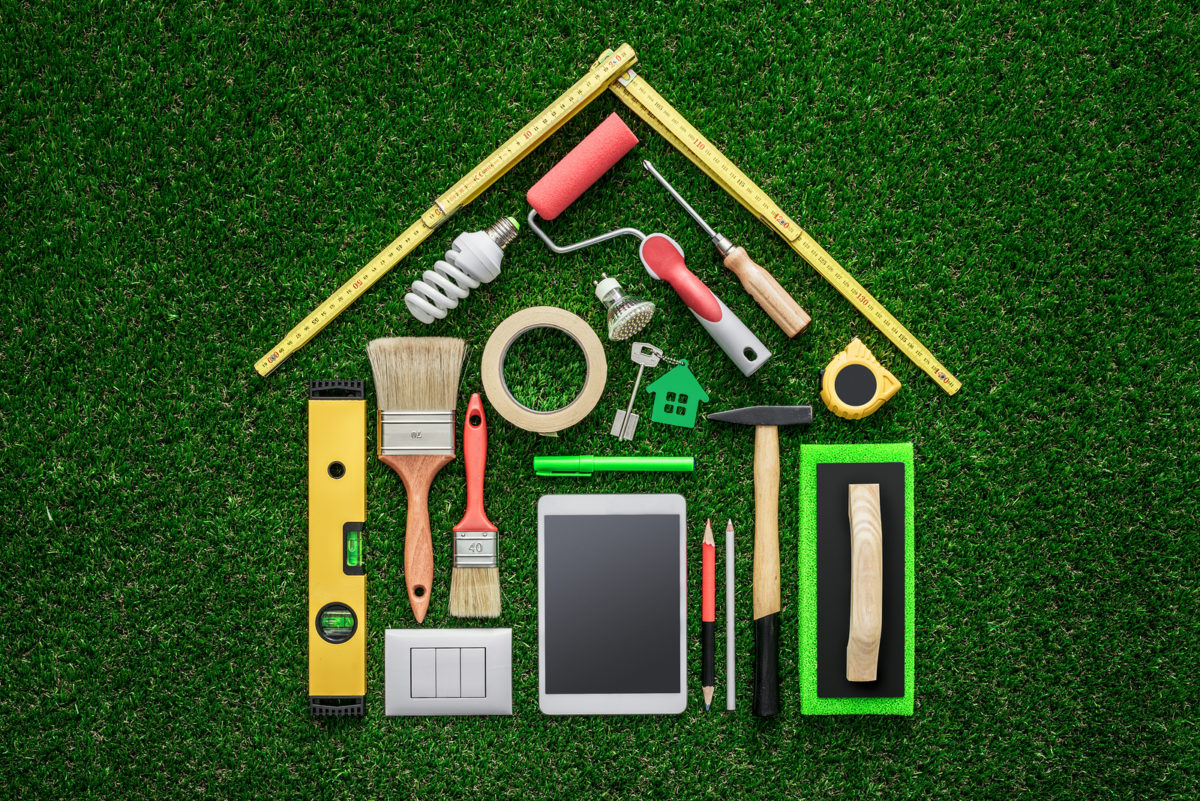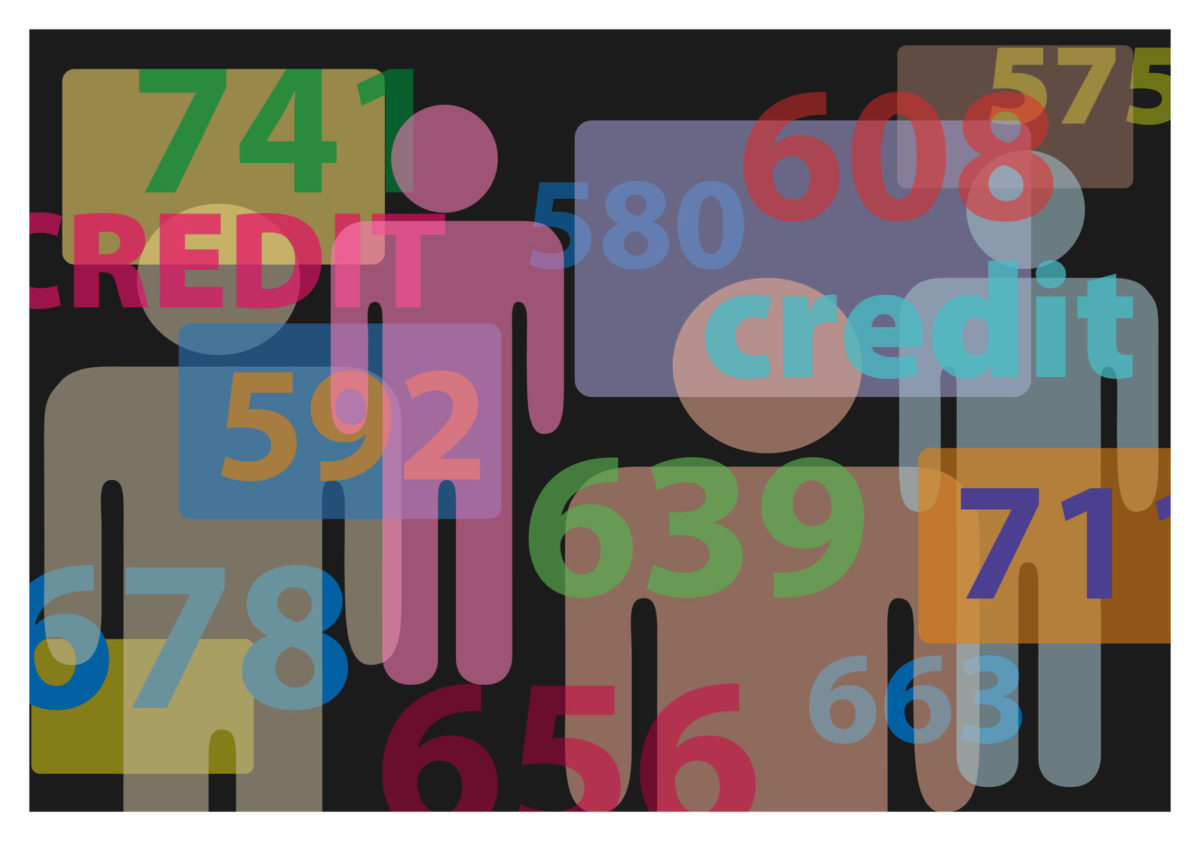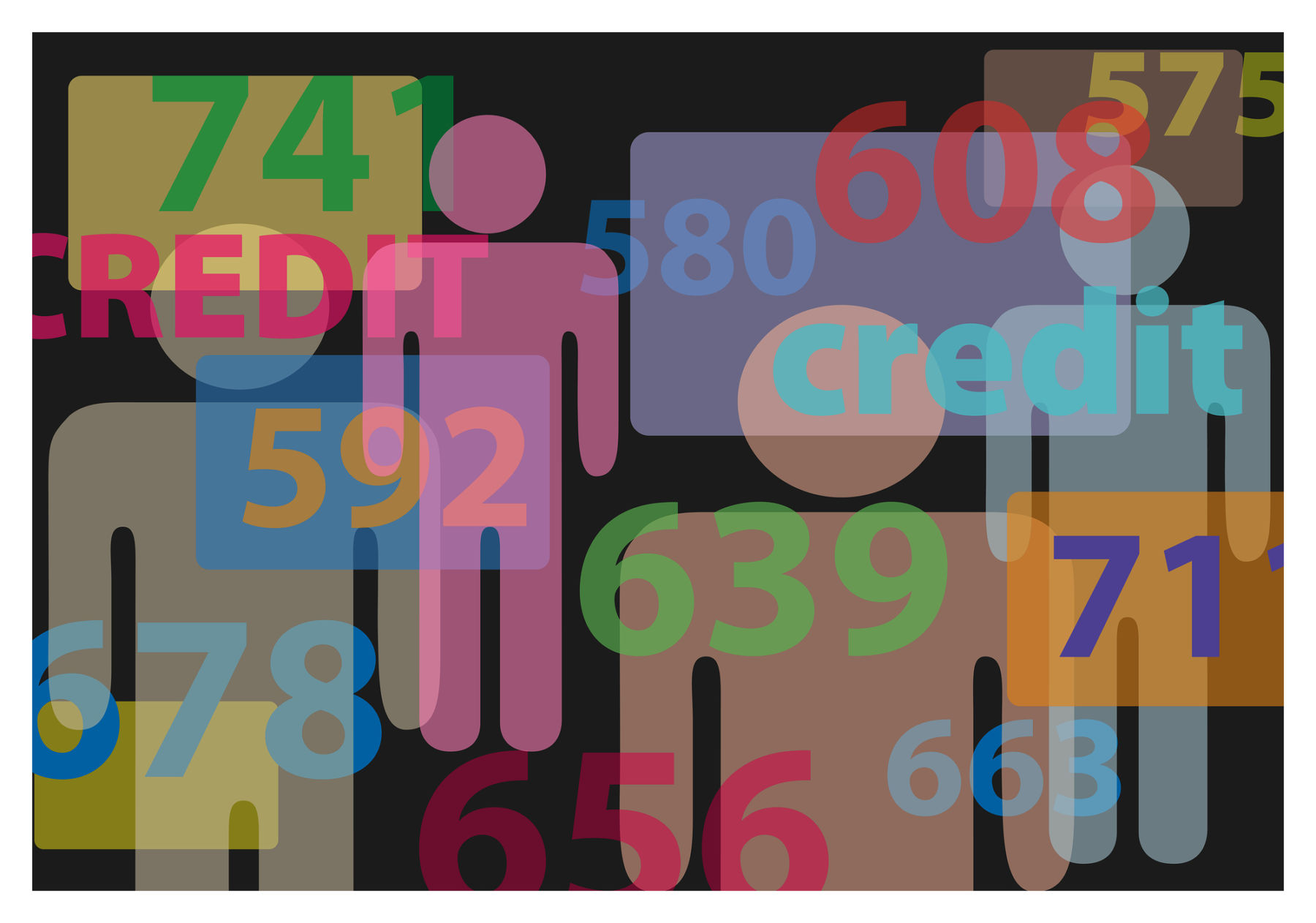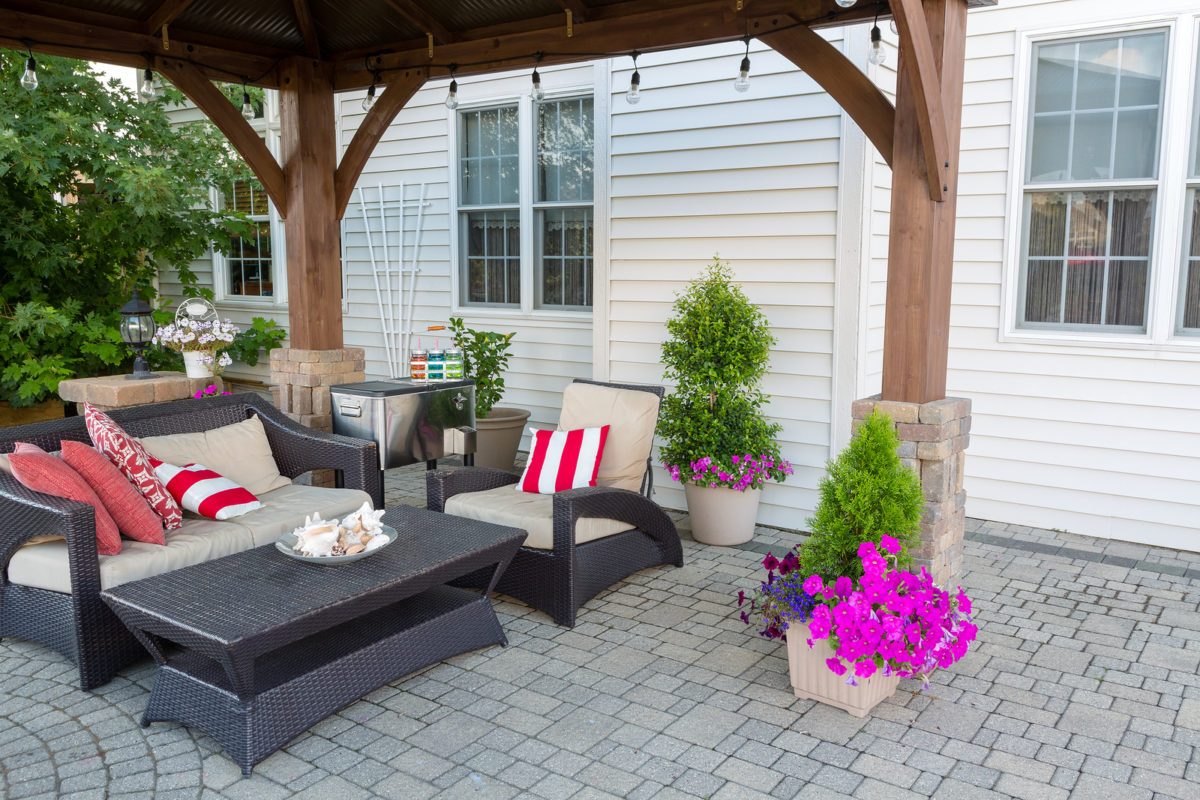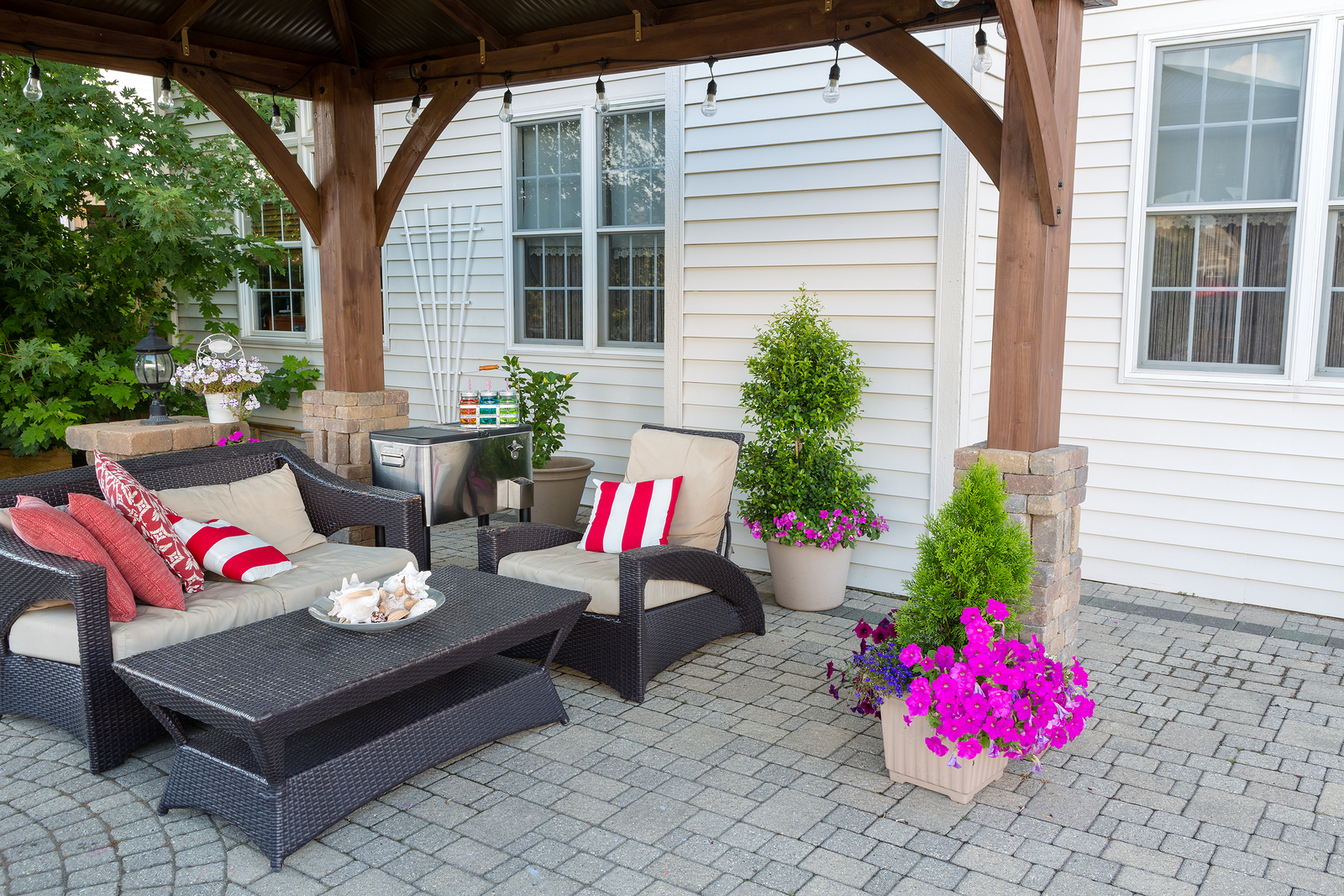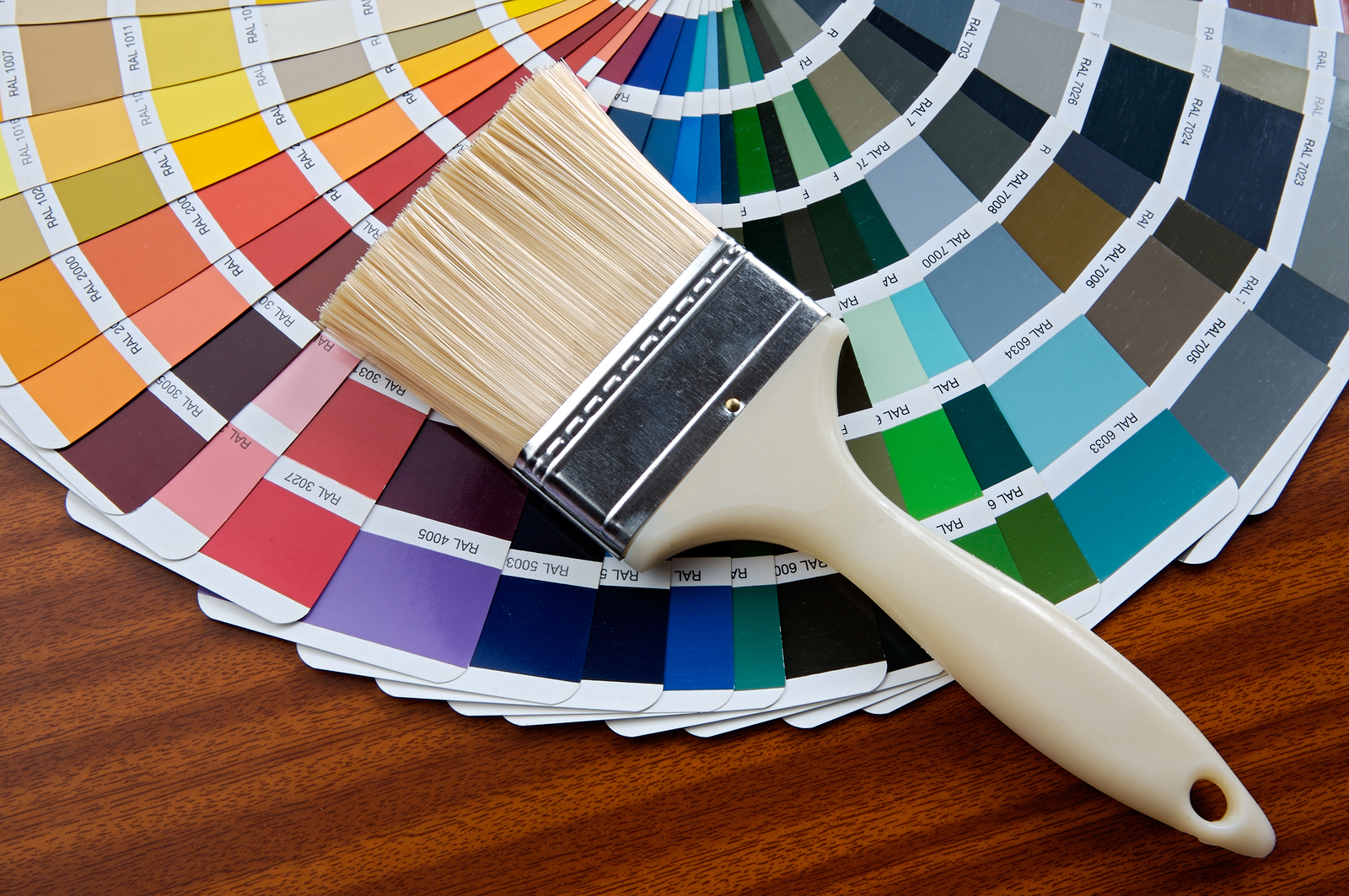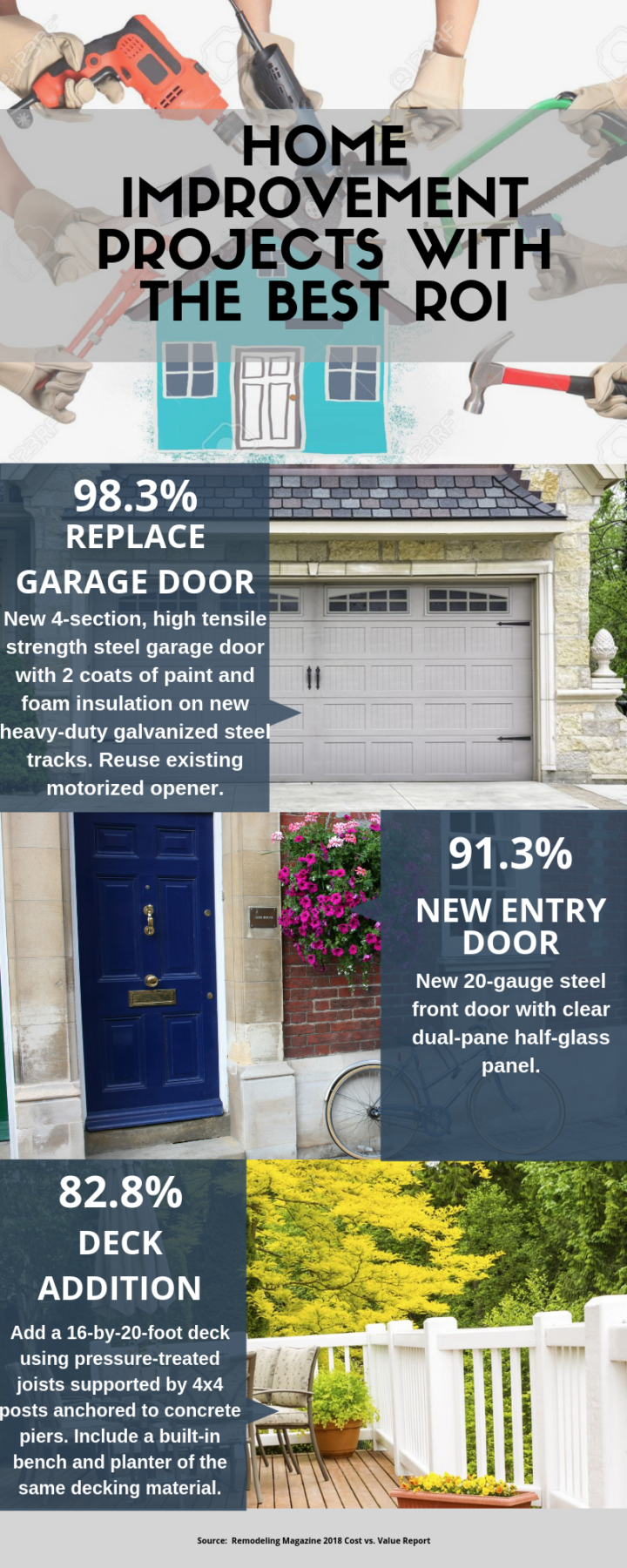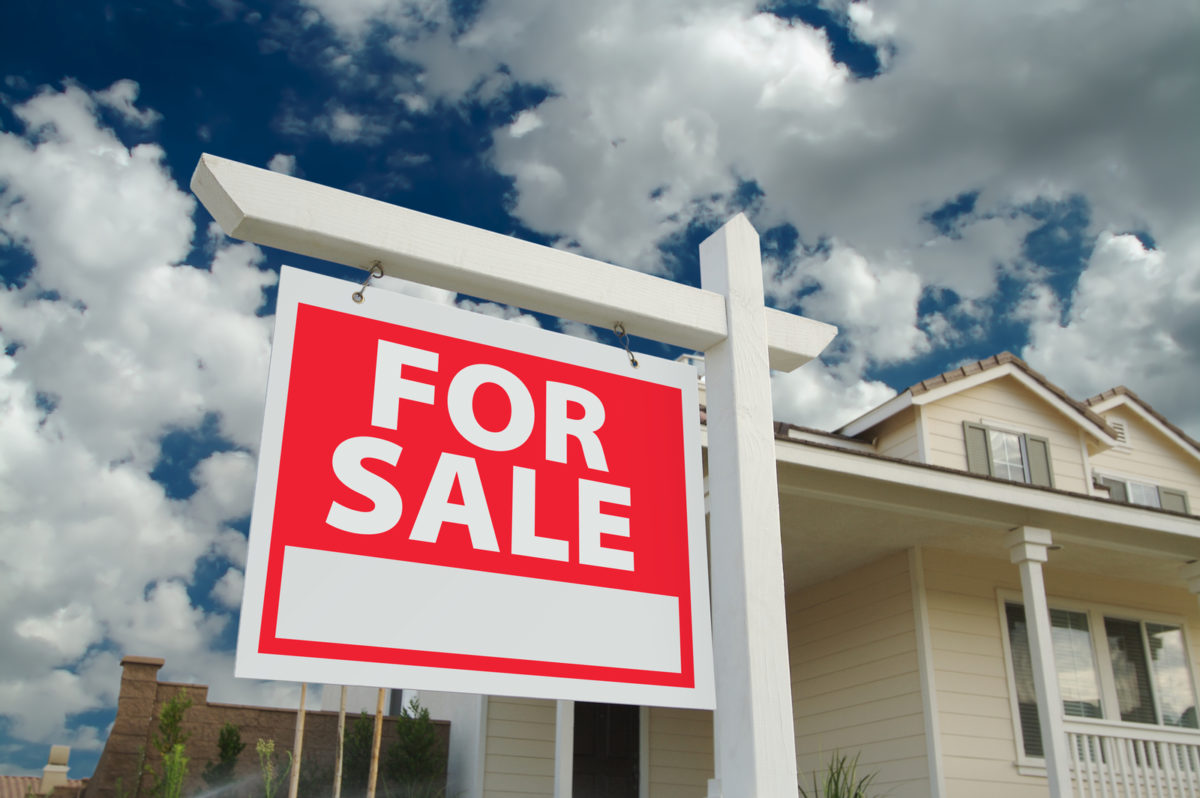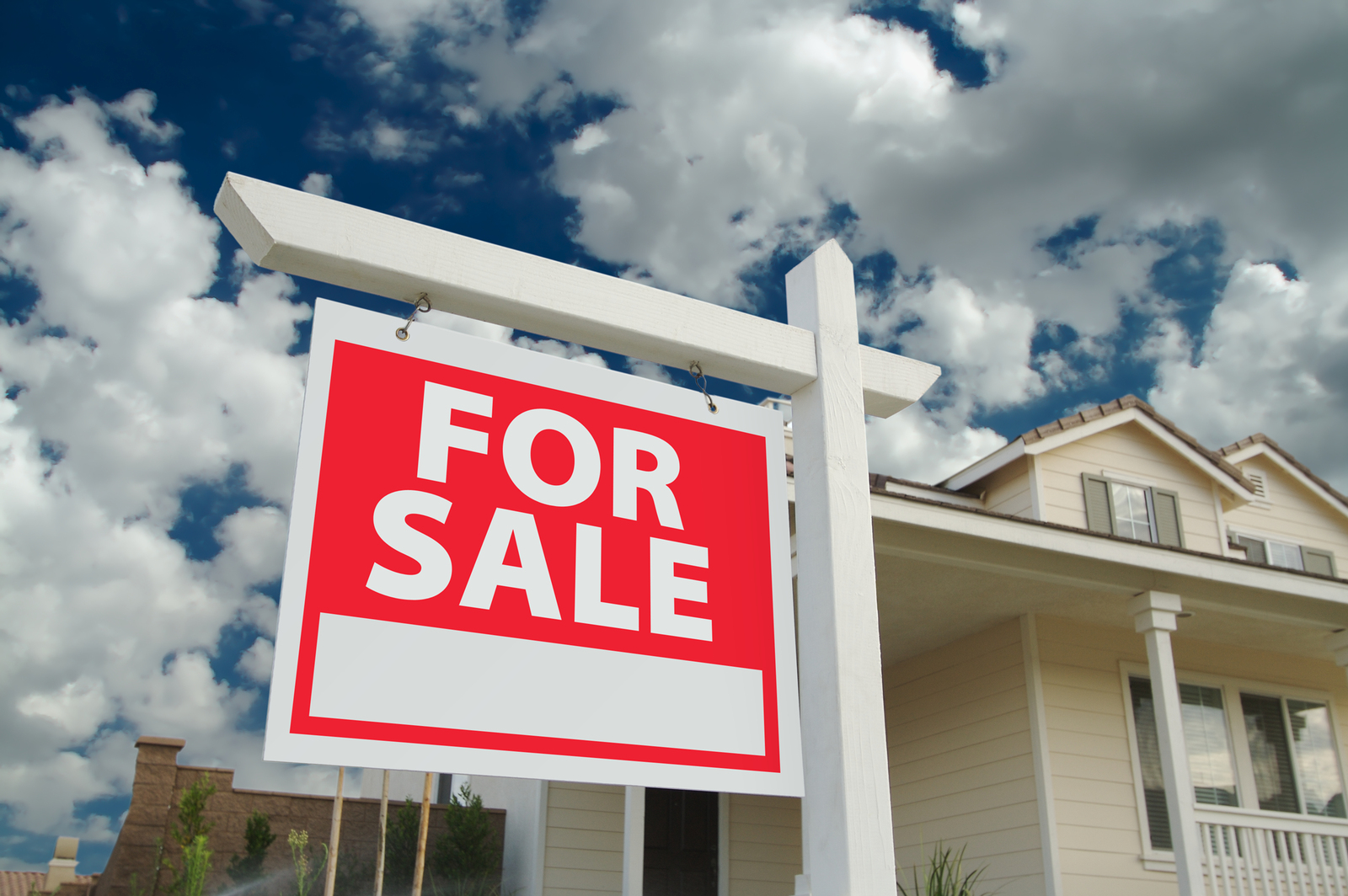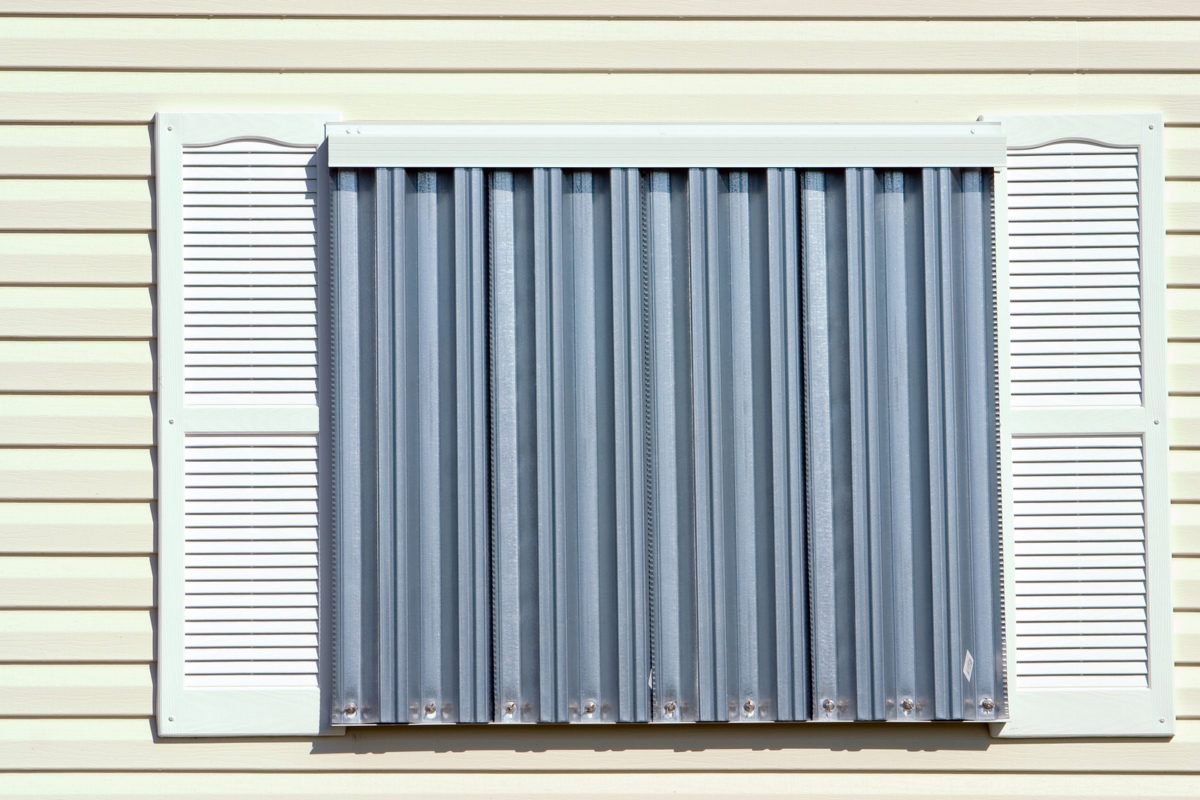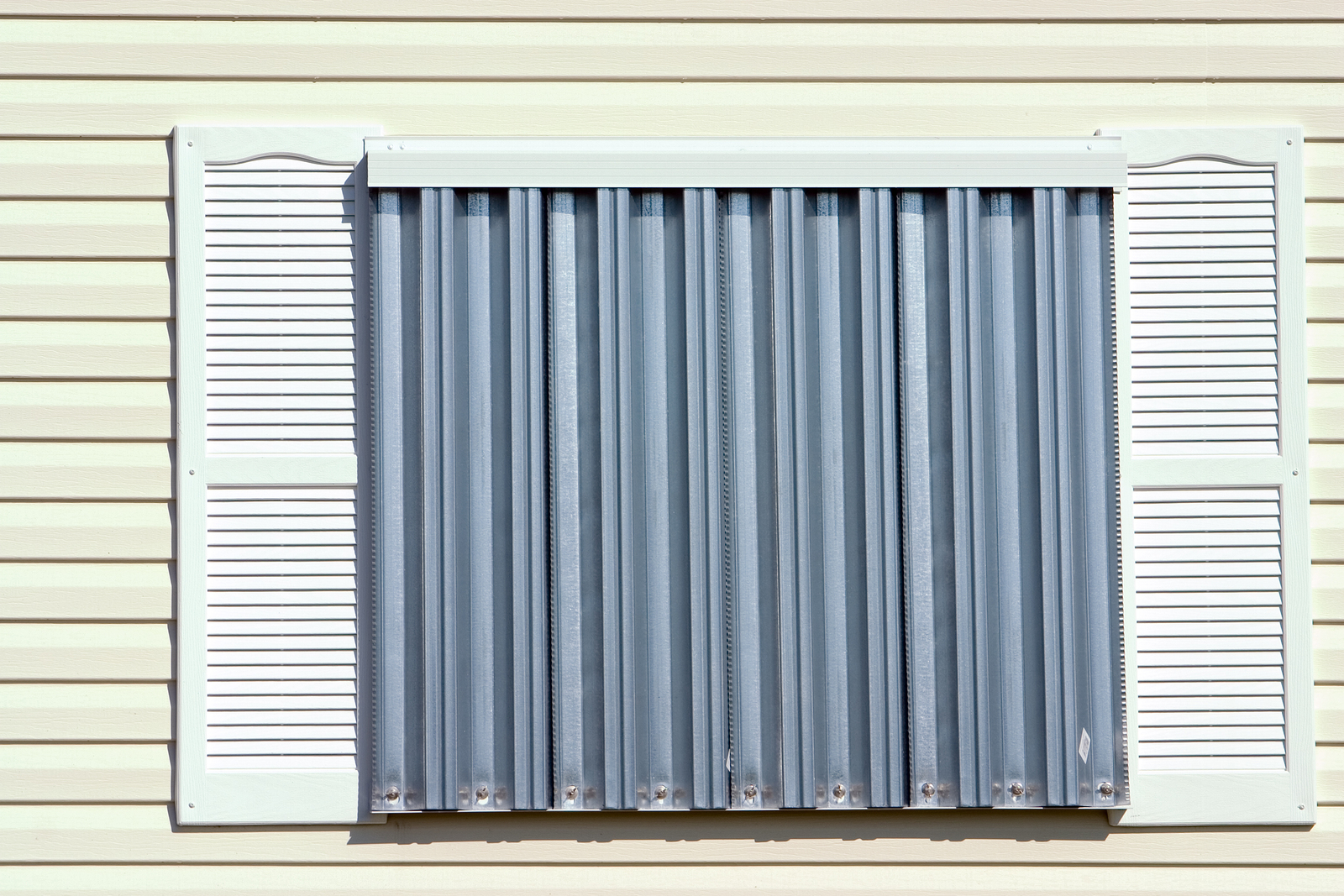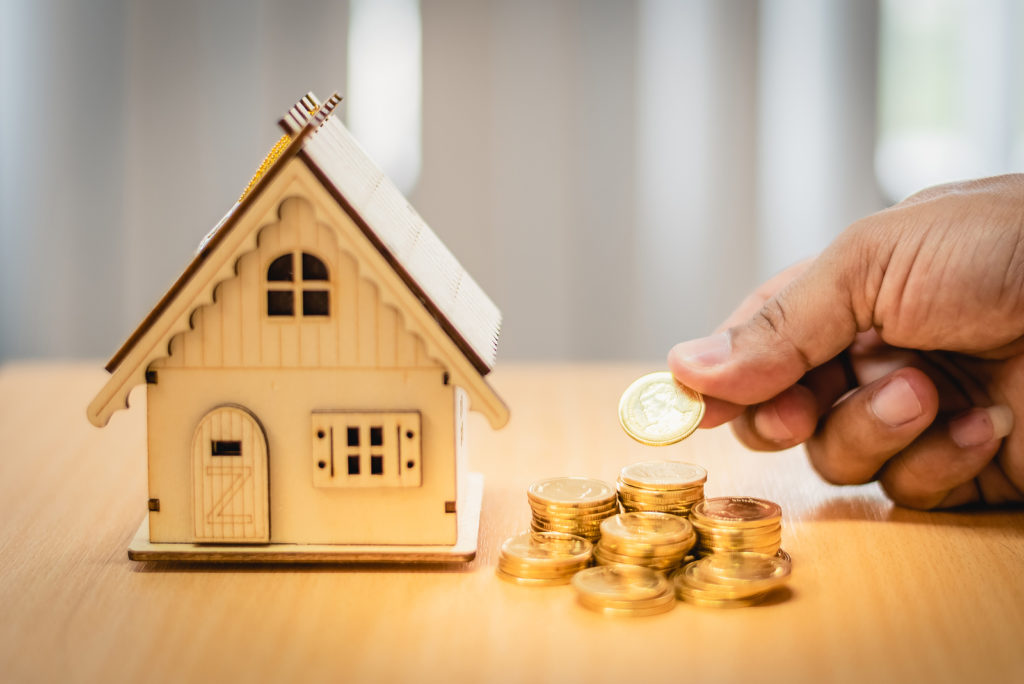
Unless you’re Jeff Bezos, Bill Gates or Warren Buffet, your home purchase may be the biggest financial investment you make during your lifetime.
Scary thought, isn’t it? Not if you approach this investment as the three wealthiest Americans would.
Buying a home is a business transaction and, to avoid costly mistakes, it needs to be addressed as one. This means performing careful research, absorbing knowledge and keeping your emotions at bay.
Let’s take a look at the five most common mistakes that homebuyers tend to make.
Buyer Trap #1- Not Getting your Financing in Order
Obtaining loan pre-approval is the most important step to take during the home purchase process. It should be the first step you take as well, and for several reasons.
First, the mortgage pre-approval process lets you know how much you can realistically and comfortably pay for a home.
Just as you wouldn’t go car shopping without a clue as to how much you can spend, don’t look at one house until you know your limit.
Additionally, in a fast-moving seller’s market, most homeowners don’t even want a non-pre-approved homebuyer to look at their homes.
It’s not a stretch, then, to understand that they most likely won’t entertain an offer from one.
Without that preapproval letter, you may just lose the home of your dreams to another, pre-approved buyer.
The process is relatively painless and not overly involved. It’s free, too, so there is no reason not to make your first home buying step one that leads you over the doorstep of a mortgage broker or bank.
Buyer Trap #2- Not Understanding the Loan Process
Ask the lender about any charges and fees that you don’t understand. This way, there will be no surprises at the closing table. If a fee or charge sneaks into the closing documents you’ll notice it and can take action.
Standard fees include document preparation fees, underwriting fees, loan disbursement charges and others.
By law, the lender is required to provide you with a form called the “Loan Estimate” that includes a listing of all fees in advance of closing.
Never hesitate to ask if you don’t understand anything on this form and don’t assume that there won’t be additional fees at closing.
Then, at closing, you’ll receive the “Closing Disclosure” form that you can use to compare to the Loan Estimate.
Buyer Trap #3 – Not Performing Due Diligence
While the seller has a duty to you to answer any questions you have about the home honestly, you have a duty to protect yourself by performing various inspections before you fully commit to purchase the home.
Hire a professional home inspector to go over the home’s major systems. While these inspections are visual (nope, the inspectors don’t open walls), a capable and experienced inspector may notice problems that the untrained eye won’t.
Even if you decide that you want to purchase the house no matter what, it’s much better to know about these problems up front so that we can negotiate a lower price or cash back at closing for repairs.
Buyer Trap #4- Judging the Book by its Cover
It’s easy to fall in love with décor. This is why new home developments feature model homes. These homes are carefully staged to appeal to the consumer’s emotions.
By the same token, it’s easy to dislike a house because it’s messy, dirty or has dated furnishings and features.
It’s so important to remove your pre-conceived notions of what the perfect house will look like. Only then can you truly see a home for what it offers – both the good and the bad.
Don’t allow the dazzling décor to make you forget what it is you want in a home. Don’t let the mess cloud your vision of a home’s possibilities. Carpet can be replaced, walls can be painted.
Focus on the layout of the house, and not the cosmetics.
Buyer Trap #5- Not Considering Additional Expenses
When you’re pre-approved for a home it’s tempting to buy at the top of your limit. Don’t give in to the temptation.
When you purchase a home, you take on expenses you didn’t have when you rented a home.
If the house is in a managed community you will likely have monthly home owner’s association dues. If the home has a pool you will pay for maintaining it.
Many renters don’t pay for water but homeowners typically do. The ongoing maintenance of the home falls on your shoulders, so it’s important to leave enough room in your housing budget to take care of them.
I always counsel my clients to ask the seller for copies of utility bills for the past year to get an idea of how much they can expect to pay if they purchase the home.
While these are the most common mistakes homebuyers make they are in no way indicative of all of them. I’d like to help you develop a home purchase strategy that will avoid all of these mistakes and more.
Call me for a free home buying consultation and I’ll show you:
– How to get pre-approved for a mortgage
– How to buy the right home for your needs
– What to put on your wish list
– The entire home buying process, from start to finish, in plain English.
